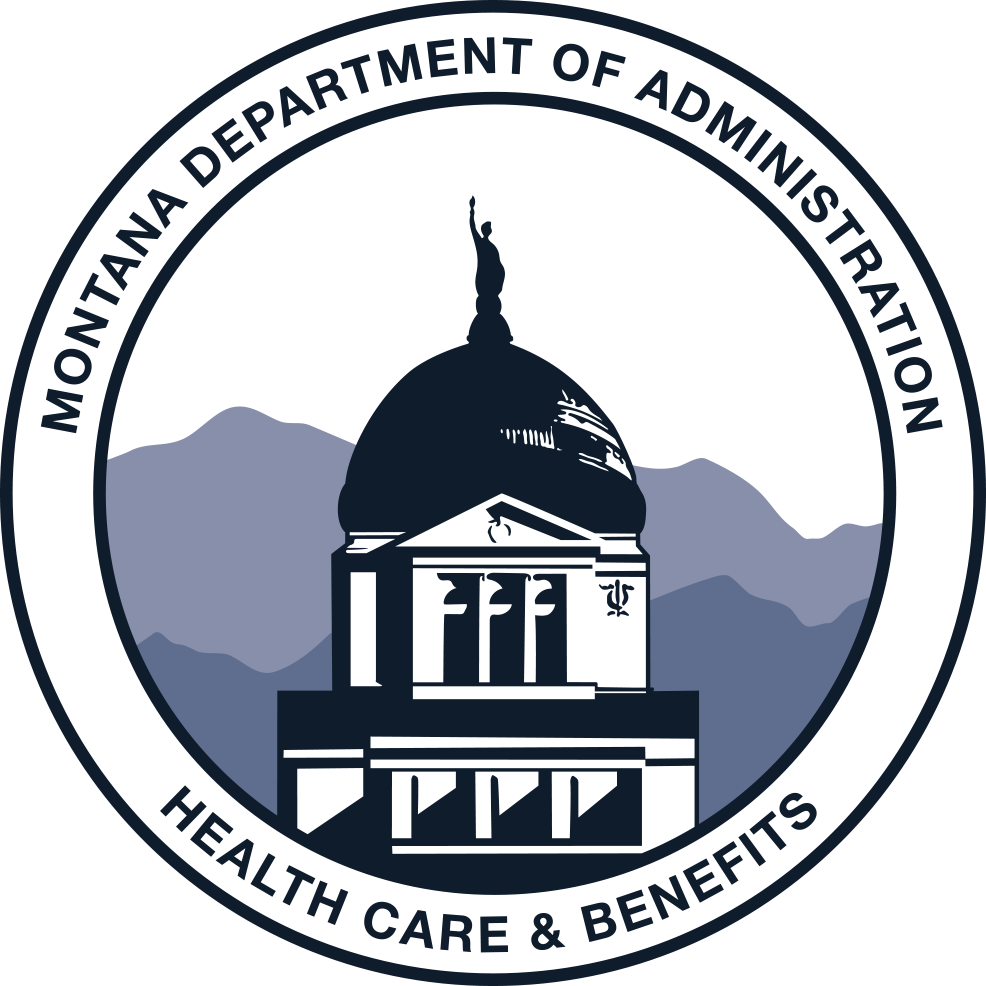
Tobacco Surcharge
The State Plan charges a Tobacco Surcharge for plan members who use nicotine. The surcharge adds $60 per month to the contribution amount for members who use nicotine and/or $60 per month if the member’s covered spouse or domestic partner uses nicotine.
To avoid the $60 per month Tobacco Surcharge in 2026, you need to annually self-attest your, and if applicable your covered spouse or domestic partner’s, nicotine use.
Note: The Tobacco Surcharge is separate from the Live Life Well (LLW) Incentive nicotine attestation. Indicating you are not a nicotine user to earn the LLW Incentive does not remove the Tobacco Surcharge, you must complete enrollment to attest your Nicotine use for the Tobacco Surcharge.
Definitions
-
Nicotine is an addictive stimulant proven to have negative health effects that is found in cigarettes, cigars, chewing tobacco, and most vaping products.
- You are nicotine free if you have never used nicotine, have quit using nicotine, use only FDA-approved Nicotine Replacement Therapy (NRT), or infrequently use nicotine (less than 4x per month).
- You are nicotine free if you are currently using nicotine but HAVE completed an eligible alternative (nicotine cessation program or a nicotine counseling session with a medical provider) during the past 12 months.
-
You are a nicotine user if you are currently using nicotine and HAVE NOT completed an eligible alternative (nicotine cessation program or a nicotine counseling session with a medical provider) during the past 12 months.
Eligible Alternatives
If you use nicotine, you may avoid the Tobacco Surcharge if you complete and self-attest one of two eligible alternatives:
-
Complete(d) a nicotine cessation program during the previous 12 months from the date of your enrollment event; OR
-
Have a nicotine counseling session with a medical provider during the previous 12 months from the date of your enrollment event. (This is a great alternative for those who use nicotine replacement therapy, such as gum, patches, or lozenges).
Current Members
To avoid the Tobacco Surcharge, it is imperative for current plan members to complete their benefit elections using the State Plan’s online enrollment system during the Open Enrollment period. Members will be asked to self-attest nicotine use status as part of the annual benefit election process.
If a primary plan member does not complete their online benefit elections and self-attest that they and/or their spouse or domestic partner is nicotine free, the member and/or their covered spouse or domestic partner will be charged the Tobacco Surcharge.
If a primary plan member does not use nicotine and did not self-attest during Open Enrollment, they are able to update their attestation at any time by completing the following online:
-
Go to benefits.mt.gov, select “Benefit Enrollment and Changes,” and login to your account
-
Select “Change my Benefits,” then “Life Update,” and then “Tobacco Surcharge Update.”
-
Follow the prompts and use the current date at the effective date.
-
The attestation of being nicotine free becomes effective the date the member updates their attestation in the enrollment system. The State Plan does not allow retroactive changes to tobacco attestations.
-
Employees will see the change within two payroll cycles. Retirees and legislators will see the change on their next monthly invoice.
-
New Members
New members enrolling on the State Plan must self-attest their nicotine use status as part of their Initial Enrollment Event, as well as during subsequent Open Enrollment Periods. If a new primary plan member does not self-attest nicotine use status as part of the Initial Enrollment Event, the primary member and their covered spouse or domestic partner will be charged the Tobacco Surcharge.
Why a Surcharge?
Tobacco and nicotine use significantly contributes to State Plan expenses by causing a variety of conditions, including cancer. Read more about how tobacco use increases cancer in Montana from the Montana DPHHS.
The Health Insurance Portability and Accountability Act (HIPAA) allows employer plans to offer nicotine cessation programs that include a Tobacco Surcharge if the program complies with HIPAA requirements. Those requirements include limits on the amount of the tobacco surcharge, a program design that promotes good health and prevents disease, an opportunity to avoid the surcharge annually, and program availability to all similarly situated employees, with the right to satisfy a reasonable alternative standard if the employee is unable to stop smoking, vaping, or using tobacco or nicotine products. The State Plan provides an exemption for religious or ceremonial use. Because the State Plan program does not use medical tests to detect nicotine usage, the amount of the tobacco surcharge can be as much as 50% of the total cost of employee-only health coverage.